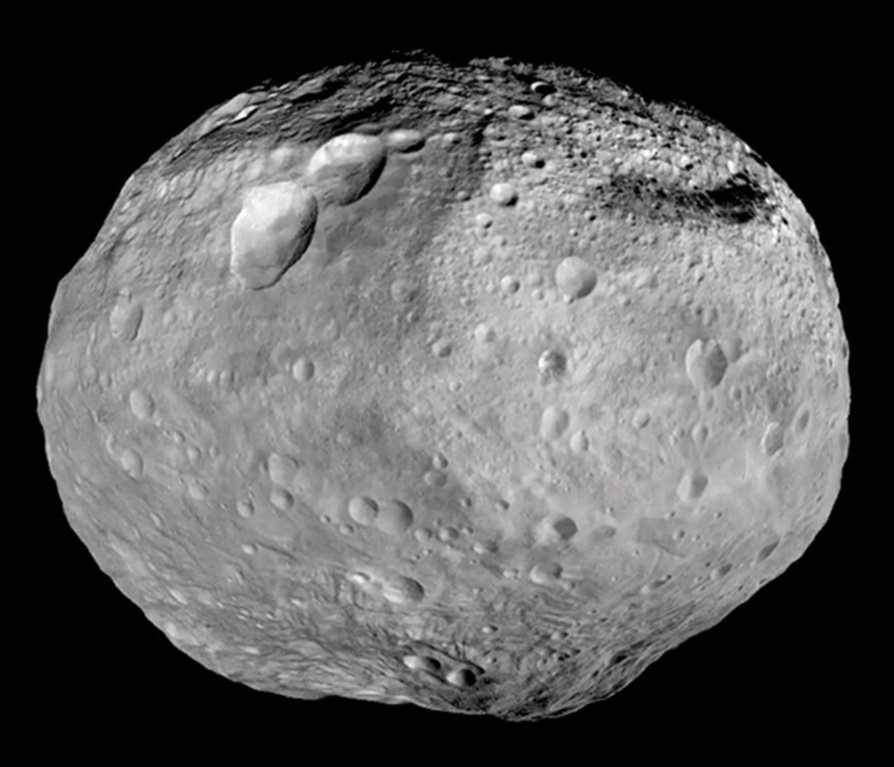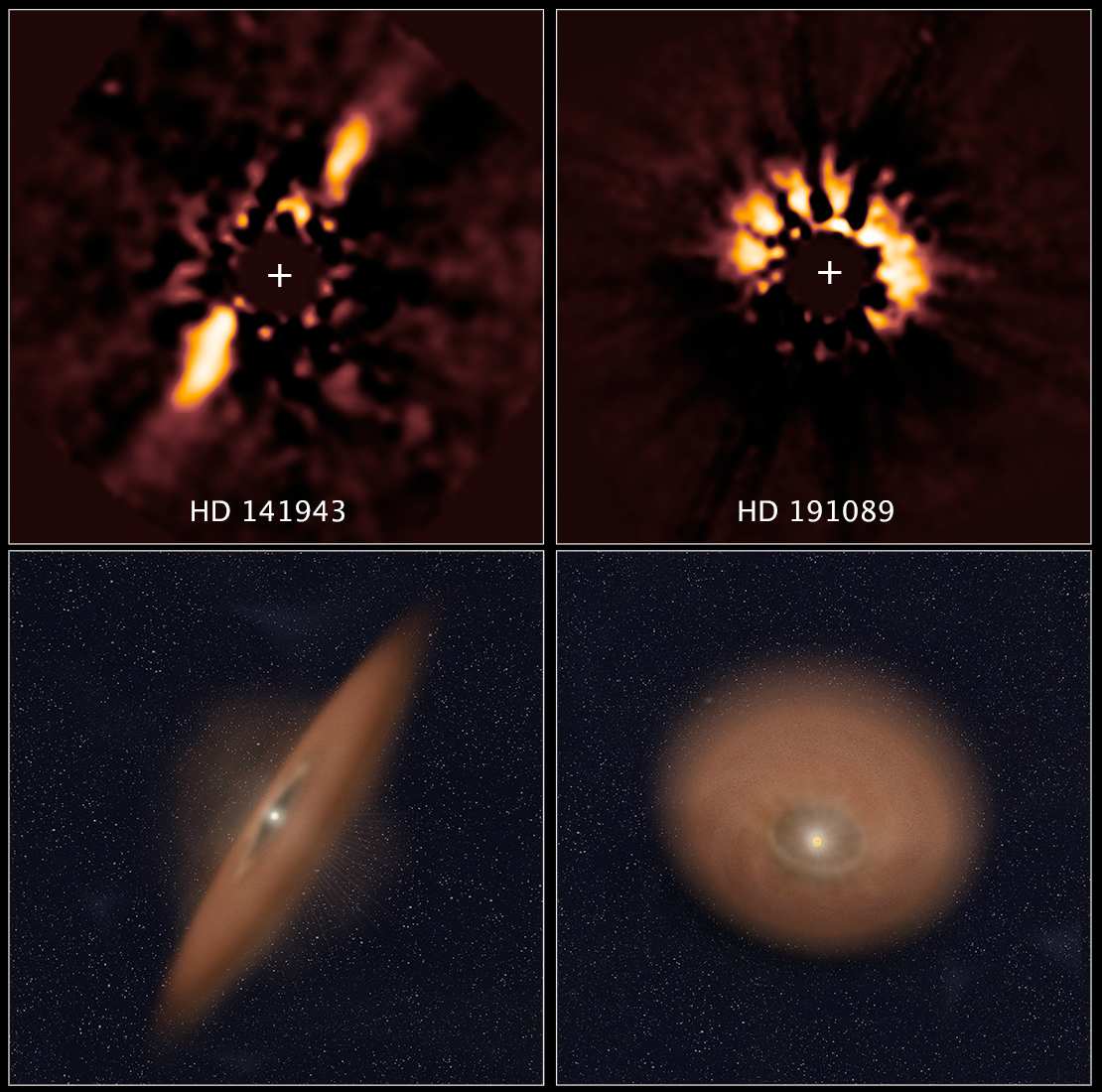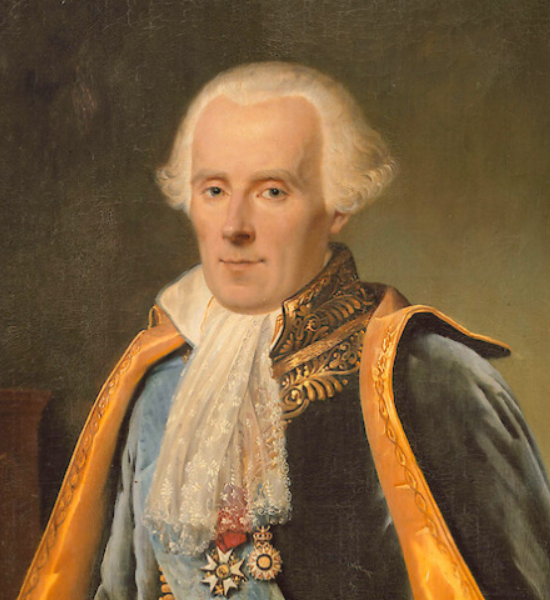|
Protoplanets
A protoplanet is a large planetary embryo that originated within a protoplanetary disc and has undergone internal melting to produce a differentiated interior. Protoplanets are thought to form out of kilometer-sized planetesimals that gravitationally perturb each other's orbits and collide, gradually coalescing into the dominant planets. The planetesimal hypothesis A planetesimal is an object formed from dust, rock, and other materials, measuring from meters to hundreds of kilometers in size. According to the Chamberlin–Moulton planetesimal hypothesis and the theories of Viktor Safronov, a protoplanetary disk of materials such as gas and dust would orbit a star early in the formation of a planetary system. The action of gravity on such materials form larger and larger chunks until some reach the size of planetesimals. It is thought that the collisions of planetesimals created a few hundred larger planetary embryos. Over the course of hundreds of millions of years, they collid ... [...More Info...] [...Related Items...] OR: [Wikipedia] [Google] [Baidu] |
Planetary Differentiation
In planetary science, planetary differentiation is the process by which the chemical elements of a planetary body accumulate in different areas of that body, due to their physical or chemical behavior (e.g. density and chemical affinities). The process of planetary differentiation is mediated by partial melting with heat from radioactive isotope decay and planetary accretion. Planetary differentiation has occurred on planets, dwarf planets, the asteroid 4 Vesta, and natural satellites (such as the Moon). Physical differentiation Gravitational separation High-density materials tend to sink through lighter materials. This tendency is affected by the relative structural strengths, but such strength is reduced at temperatures where both materials are plastic or molten. Iron, the most common element that is likely to form a very dense molten metal phase, tends to congregate towards planetary interiors. With it, many siderophile elements (i.e. materials that readily alloy with iron) ... [...More Info...] [...Related Items...] OR: [Wikipedia] [Google] [Baidu] |
Planetesimal
Planetesimals are solid objects thought to exist in protoplanetary disks and debris disks. Per the Chamberlin–Moulton planetesimal hypothesis, they are believed to form out of cosmic dust grains. Believed to have formed in the Solar System about 4.6 billion years ago, they aid study of its formation. Formation A widely accepted theory of planet formation, the so-called planetesimal hypotheses, the Chamberlin–Moulton planetesimal hypothesis and that of Viktor Safronov, states that planets form from cosmic dust grains that collide and stick to form ever-larger bodies. Once a body reaches around a kilometer in size, its constituent grains can attract each other directly through mutual gravity, enormously aiding further growth into moon-sized protoplanets. Smaller bodies must instead rely on Brownian motion or turbulence to cause the collisions leading to sticking. The mechanics of collisions and mechanisms of sticking are intricate. Alternatively, planetesimals may for ... [...More Info...] [...Related Items...] OR: [Wikipedia] [Google] [Baidu] |
Planet
A planet is a large, rounded astronomical body that is neither a star nor its remnant. The best available theory of planet formation is the nebular hypothesis, which posits that an interstellar cloud collapses out of a nebula to create a young protostar orbited by a protoplanetary disk. Planets grow in this disk by the gradual accumulation of material driven by gravity, a process called accretion. The Solar System has at least eight planets: the terrestrial planets Mercury, Venus, Earth and Mars, and the giant planets Jupiter, Saturn, Uranus and Neptune. These planets each rotate around an axis tilted with respect to its orbital pole. All of them possess an atmosphere, although that of Mercury is tenuous, and some share such features as ice caps, seasons, volcanism, hurricanes, tectonics, and even hydrology. Apart from Venus and Mars, the Solar System planets generate magnetic fields, and all except Venus and Mercury have natural satellites. The giant pla ... [...More Info...] [...Related Items...] OR: [Wikipedia] [Google] [Baidu] |
Ceres (dwarf Planet)
Ceres (; minor-planet designation: 1 Ceres) is a dwarf planet in the asteroid belt between the orbits of Mars and Jupiter. It was the first asteroid discovered, on 1 January 1801, by Giuseppe Piazzi at Palermo Astronomical Observatory in Sicily and announced as a new planet. Ceres was later classified as an asteroid and then a dwarf planetthe only one always inside Neptune's orbit. Ceres's small size means that even at its brightest, it is too dim to be seen by the naked eye, except under extremely dark skies. Its apparent magnitude ranges from 6.7 to 9.3, peaking at opposition (when it is closest to Earth) once every 15- to 16-month synodic period. As a result, its surface features are barely visible even with the most powerful telescopes, and little was known about it until the robotic NASA spacecraft ''Dawn'' approached Ceres for its orbital mission in 2015. ''Dawn'' found Ceres's surface to be a mixture of water ice, and hydrated minerals such as carbonates and cla ... [...More Info...] [...Related Items...] OR: [Wikipedia] [Google] [Baidu] |
Solar System
The Solar System Capitalization of the name varies. The International Astronomical Union, the authoritative body regarding astronomical nomenclature, specifies capitalizing the names of all individual astronomical objects but uses mixed "Solar System" and "solar system" structures in theinaming guidelines document. The name is commonly rendered in lower case ('solar system'), as, for example, in the ''Oxford English Dictionary'' an''Merriam-Webster's 11th Collegiate Dictionary''. is the gravitationally bound system of the Sun and the objects that orbit it. It formed 4.6 billion years ago from the gravitational collapse of a giant interstellar molecular cloud. The vast majority (99.86%) of the system's mass is in the Sun, with most of the remaining mass contained in the planet Jupiter. The four inner system planets—Mercury, Venus, Earth and Mars—are terrestrial planets, being composed primarily of rock and metal. The four giant planets of the outer system a ... [...More Info...] [...Related Items...] OR: [Wikipedia] [Google] [Baidu] |
2 Pallas
Pallas ( minor-planet designation: 2 Pallas) is the second asteroid to have been discovered, after Ceres. It is believed to have a mineral composition similar to carbonaceous chondrite meteorites, like Ceres, though significantly less hydrated than Ceres. It is the third-largest asteroid in the Solar System by both volume and mass, and is a likely remnant protoplanet. It is 79% the mass of Vesta and 22% the mass of Ceres, constituting an estimated 7% of the mass of the asteroid belt. Its estimated volume is equivalent to a sphere in diameter, 90–95% the volume of Vesta. During the planetary formation era of the Solar System, objects grew in size through an accretion process to approximately the size of Pallas. Most of these protoplanets were incorporated into the growth of larger bodies, which became the planets, whereas others were ejected by the planets or destroyed in collisions with each other. Pallas, Vesta and Ceres appear to be the only intact bodies from th ... [...More Info...] [...Related Items...] OR: [Wikipedia] [Google] [Baidu] |
Asteroid
An asteroid is a minor planet of the Solar System#Inner solar system, inner Solar System. Sizes and shapes of asteroids vary significantly, ranging from 1-meter rocks to a dwarf planet almost 1000 km in diameter; they are rocky, metallic or icy bodies with no atmosphere. Of the roughly one million known asteroids the greatest number are located between the orbits of Mars and Jupiter, approximately 2 to 4 astronomical unit, AU from the Sun, in the main asteroid belt. Asteroids are generally classified to be of three types: C-type asteroid, C-type, M-type asteroid, M-type, and S-type asteroid, S-type. These were named after and are generally identified with carbonaceous, metallic, and silicaceous compositions, respectively. The size of asteroids varies greatly; the largest, Ceres (dwarf planet), Ceres, is almost across and qualifies as a dwarf planet. The total mass of all the asteroids combined is only 3% that of Earth's Moon. The majority of main belt asteroids follow slig ... [...More Info...] [...Related Items...] OR: [Wikipedia] [Google] [Baidu] |
4 Vesta
Vesta ( minor-planet designation: 4 Vesta) is one of the largest objects in the asteroid belt, with a mean diameter of . It was discovered by the German astronomer Heinrich Wilhelm Matthias Olbers on 29 March 1807 and is named after Vesta, the virgin goddess of home and hearth from Roman mythology. Vesta is thought to be the second-largest asteroid, both by mass and by volume, after the dwarf planet Ceres, though in volume it overlaps with the uncertainty in the measurements of 2 Pallas.Marsset, M., Brož, M., Vernazza, P. et al. The violent collisional history of aqueously evolved (2) Pallas. Nat Astron 4, 569–576 (2020). https://doi.org/10.1038/s41550-019-1007-5 Measurements give it a nominal volume only slightly larger than that of Pallas (about 5% greater, which is the magnitude of the uncertainties in measurement), but it is 25% to 30% more massive. It constitutes an estimated 9% of the mass of the asteroid belt. Vesta is the only known remaining rocky protoplanet ( ... [...More Info...] [...Related Items...] OR: [Wikipedia] [Google] [Baidu] |
16 Psyche
16 Psyche () is a large M-type asteroid discovered by the Italian astronomer Annibale de Gasparis on 17 March 1852 and named after the Greek goddess Psyche. The prefix "16" signifies that it was the sixteenth minor planet in order of discovery. It is the largest and most massive of the M-type asteroids, and one of the dozen most massive asteroids. It has a mean diameter of approximately and contains about one percent of the mass of the asteroid belt. Historically, it was hypothesized to be the exposed core of a protoplanet, but numerous recent studies have all but ruled that out. Psyche will be explored by the spacecraft of the same name, with launch planned in 2023 and arrival in 2029. Symbol Astronomers created icon-like symbols for the first fifteen asteroids to be discovered, as a type of shorthand notation consistent with older notation for the classical planets. Psyche was given an iconic symbol, as were a few other asteroids discovered after 16 Psych ... [...More Info...] [...Related Items...] OR: [Wikipedia] [Google] [Baidu] |
Vesta Full Mosaic
Vesta may refer to: Fiction and mythology * Vesta (mythology), Roman goddess of the hearth and home * Vesta (Marvel Comics), a Marvel Comics character * Sailor Vesta, a character in ''Sailor Moon'' Brands and products * Lada Vesta, a car from Russian car manufacturer AVTOVAZ * Swan Vesta (began 1883), a brand of matches ** Vesta case, metal containers for matches (which were previously called vestas) * Vesta, a freeze-dried meal brand launched in the United Kingdom by Batchelors in the early 1970s, and now owned by Premier Foods. Music * Vesta (1957–2011), stage name of American recording artist Vesta Williams ** ''Vesta'' (album), 1986 album by Vesta Williams ** '' Vesta 4 U'', 1988 album by Vesta Williams * Vesta, a 2008 rock band made up of former members of The Juliana Theory Places * Monte Vesta, Lombardy, Italy * Temple of Vesta, Rome, Italy * Vesta Nunataks, Alexander Island, Antarctica * 4 Vesta, an asteroid Canada * Vesta Creek (Alberta), a stream in northern A ... [...More Info...] [...Related Items...] OR: [Wikipedia] [Google] [Baidu] |
9 Metis
Metis ( minor planet designation: 9 Metis) is one of the larger main-belt asteroids. It is composed of silicates and metallic nickel-iron, and may be the core remnant of a large asteroid that was destroyed by an ancient collision. Metis is estimated to contain just under half a percent of the total mass of the asteroid belt. Metis passed within 0.034AU, or , of Vesta on 19 August 2004. Discovery and naming Metis was discovered by Andrew Graham on 25 April 1848, at Markree Observatory in Ireland; it was his only asteroid discovery. It also has been the only asteroid to have been discovered as a result of observations from Ireland until 7 October 2008, when, 160 years later, Dave McDonald from observatory J65 discovered (281507) 2008 TM9. Its name comes from the mythological Metis, a Titaness and Oceanid, daughter of Tethys and Oceanus. The name ''Thetis'' was also considered and rejected (it would later devolve to 17 Thetis). Characteristics Lightcurve-based 3D-mo ... [...More Info...] [...Related Items...] OR: [Wikipedia] [Google] [Baidu] |
Formation And Evolution Of The Solar System
The formation of the Solar System began about 4.6 billion years ago with the gravitational collapse of a small part of a giant molecular cloud. Most of the collapsing mass collected in the center, forming the Sun, while the rest flattened into a protoplanetary disk out of which the planets, moons, asteroids, and other small Solar System bodies formed. This model, known as the nebular hypothesis, was first developed in the 18th century by Emanuel Swedenborg, Immanuel Kant, and Pierre-Simon Laplace. Its subsequent development has interwoven a variety of scientific disciplines including astronomy, chemistry, geology, physics, and planetary science. Since the dawn of the space age in the 1950s and the discovery of extrasolar planets in the 1990s, the model has been both challenged and refined to account for new observations. The Solar System has evolved considerably since its initial formation. Many moons have formed from circling discs of gas and dust around their ... [...More Info...] [...Related Items...] OR: [Wikipedia] [Google] [Baidu] |




